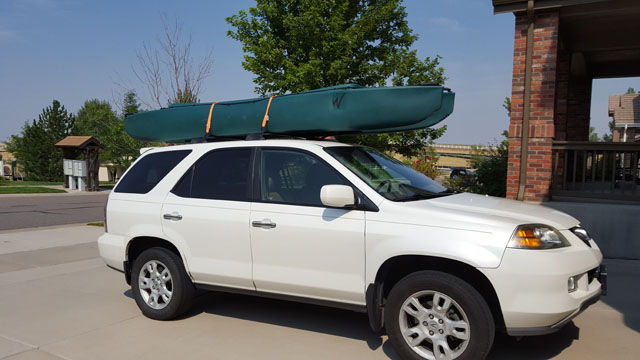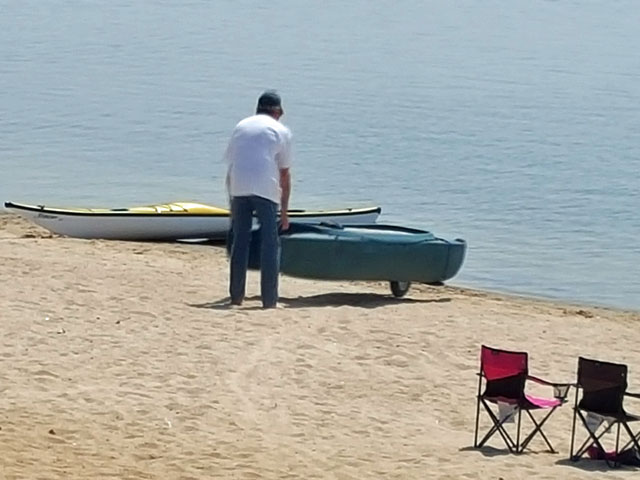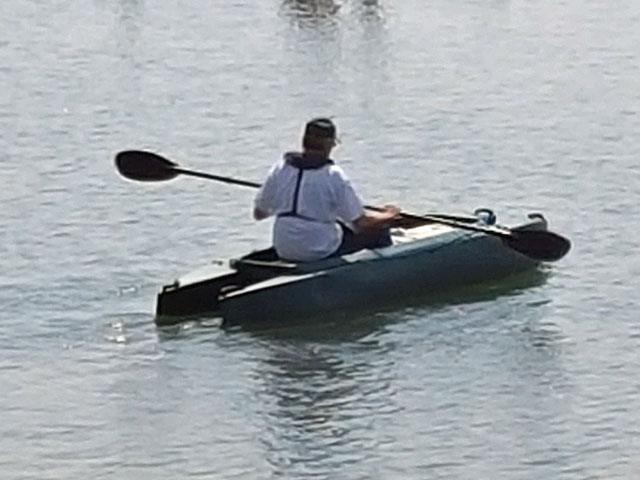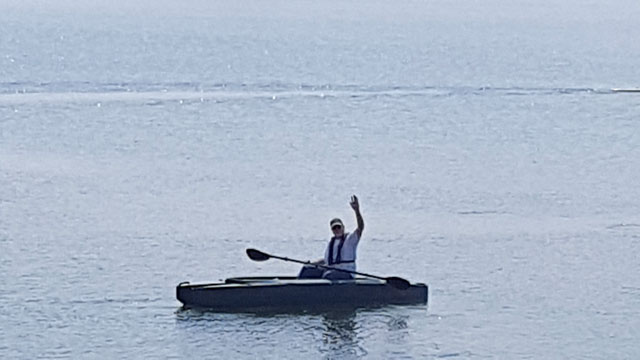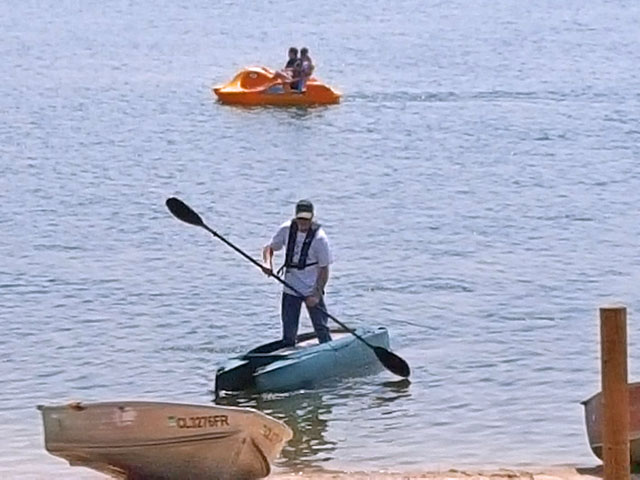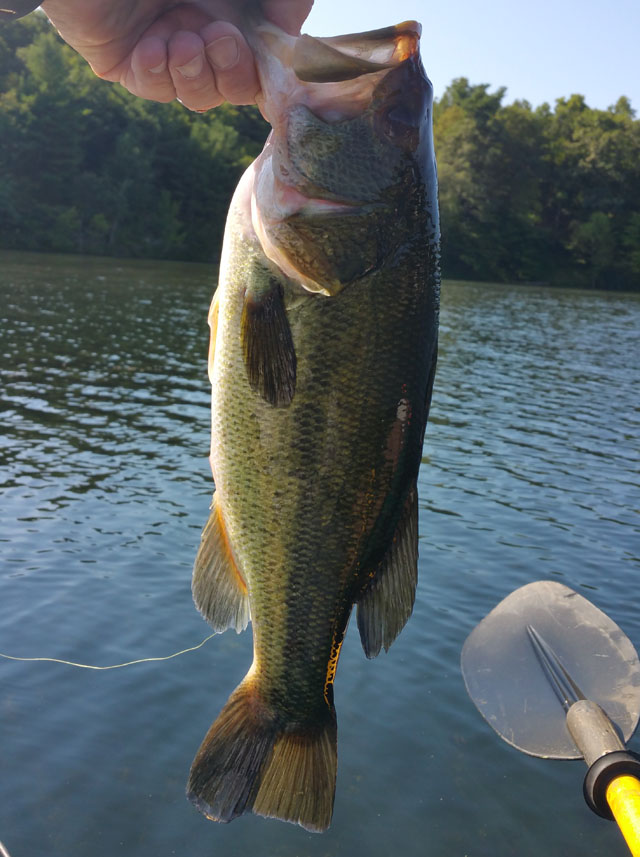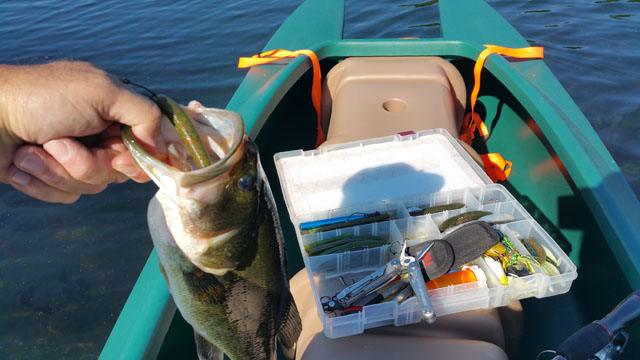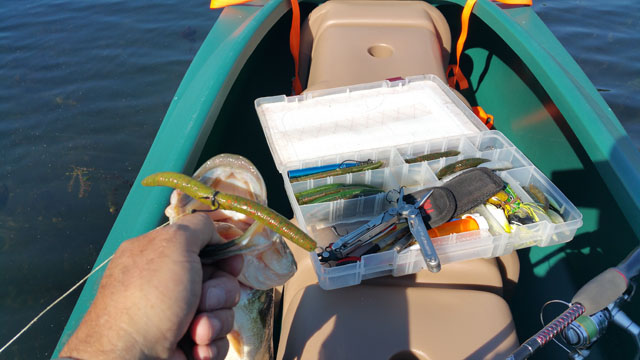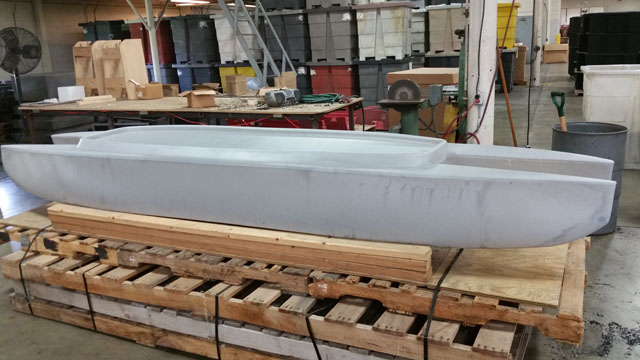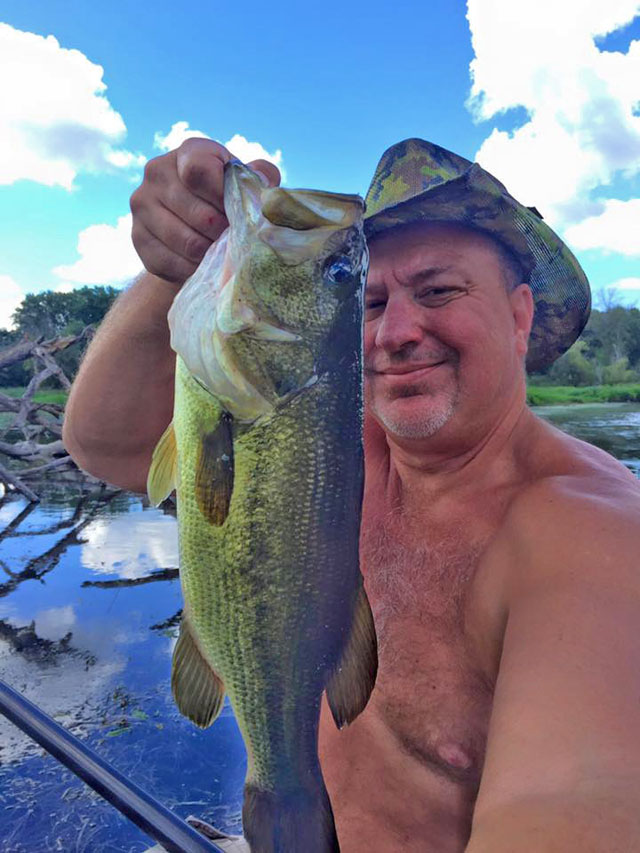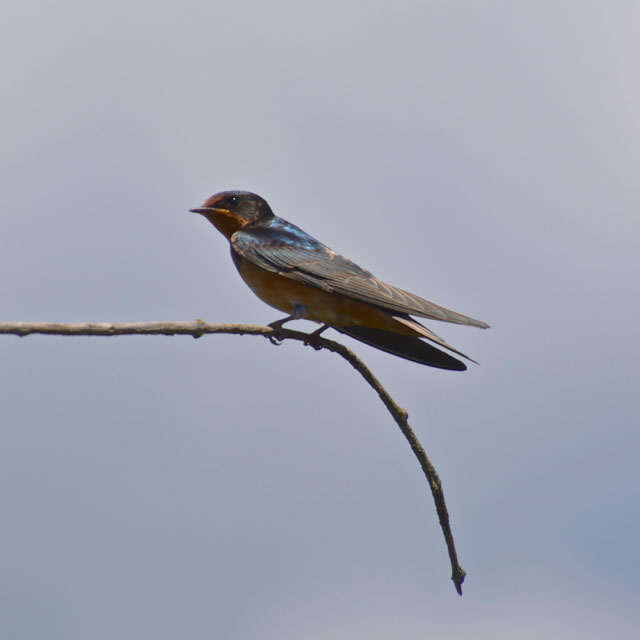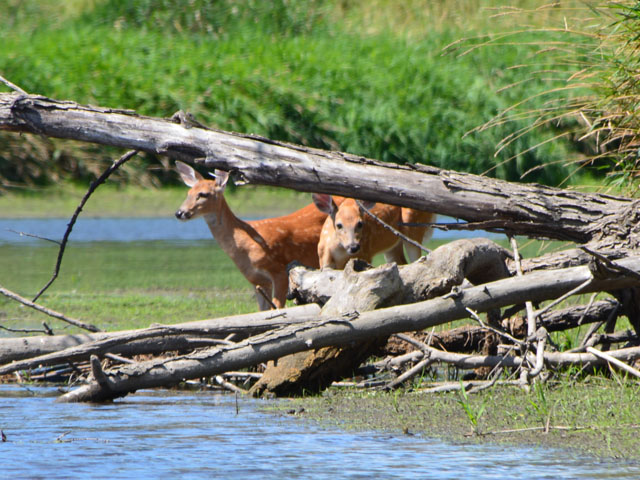The Wavewalk 700 Series as a concept, design and actual product is the result of inputs from many people over several years. These people have contributed both directly and indirectly to identifying the requirements for this unique product, refining and defining those initial requirements, and turning them into something tangible, useful and exciting.
We’ll try to name a few of them, mostly in a chronological order, and we’ll start with Sungjin Kim, who was the first to outfit his W500 with an outboard gas engine mounted at the rear of the cockpit. At first, Sungjin himself wasn’t particularly satisfied with that setup, but the videos showing him driving his motorized W500 were enough to set the W motorizing trend in motion, and this trend was key to the development of the W700 – the world’s best two-person, trailer-free fishing boat that one person can easily paddle and car-top by themselves, without help from a fishing partner.
At the initial phase, Gary Thorberg experimented with various outboard motors and motor mounts, and helped develop the motorized W500 as a product. After some hesitation, Rox Davis joined the R&D effort, and used her extensive experience in motorizing W kayaks with electric motors to motorize her W500 with 15″ outboards.
The next breakthrough came from from Kenny ‘One-Shot’ Tracy, who outfitted his W500 with a pair of DIY Styrofoam flotation modules and a 6hp outboard. Driving his W500 at 13 mph, Kenny broke the speed record for this little craft, and proved that high speed motorizing was within its performance envelope.
Kenny’s experiments led to the development of the W570 series, namely the W500 outfitted with a pair of large-size inflatable flotation modules attached to the back of the hulls, and a transparent spray shield attached to the front of its cockpit.
The offshore W fishing boat was born, but is had shortcomings, and the main one was its limited load capacity – It was still more of a motorized fishing kayak than a fishing boat.
Quite a few people contributed their requirements to have us develop a bigger kayak for tandem paddling and fishing, and Bernie Marsden, whom we helped build a wide, wooden DIY motorized kayak that serves him as a stable diving platform showed how well such a wider W kayak could work.
We held long discussions with Michael Chesloff, who’s been fishing out of a W500 kayak for several years, after having owned eight different small fishing boats, none of which he particularly liked. Michael is an avid bass fisherman with a strong interest in small fishing craft, and he contributed his insight on the advantages and disadvantages of various types of boats that anglers use. Michael’s interest in marketing produced interesting observations as well as experiments.
Steve Lucas, a W500 flats fisherman offered his own insight on fishing kayaks and flats fishing boats, especially microskiff. Steve’s input complemented what we learned from Kevin Eastman, a motorized W500 flats fly fisherman.
At some point, we started looking for ways to merge all this knowledge and requirements into something that would work well in performance terms, and could be manufactured in a sensible manner. The latter requirement proved to be hard to answer due to various technical reasons having to do with the form of the W craft and the limitations of the molding technologies available to kayak and small boat manufacturers, which is why it took us two years to come up with the W700 product line.
Thank you! 🙂
Yoav


